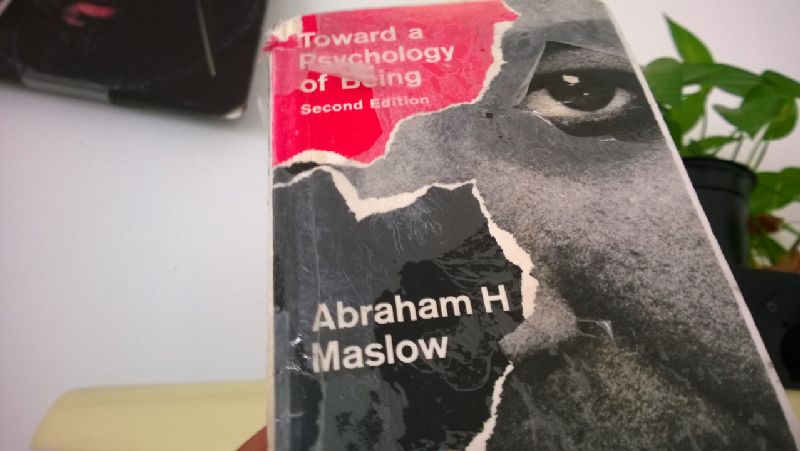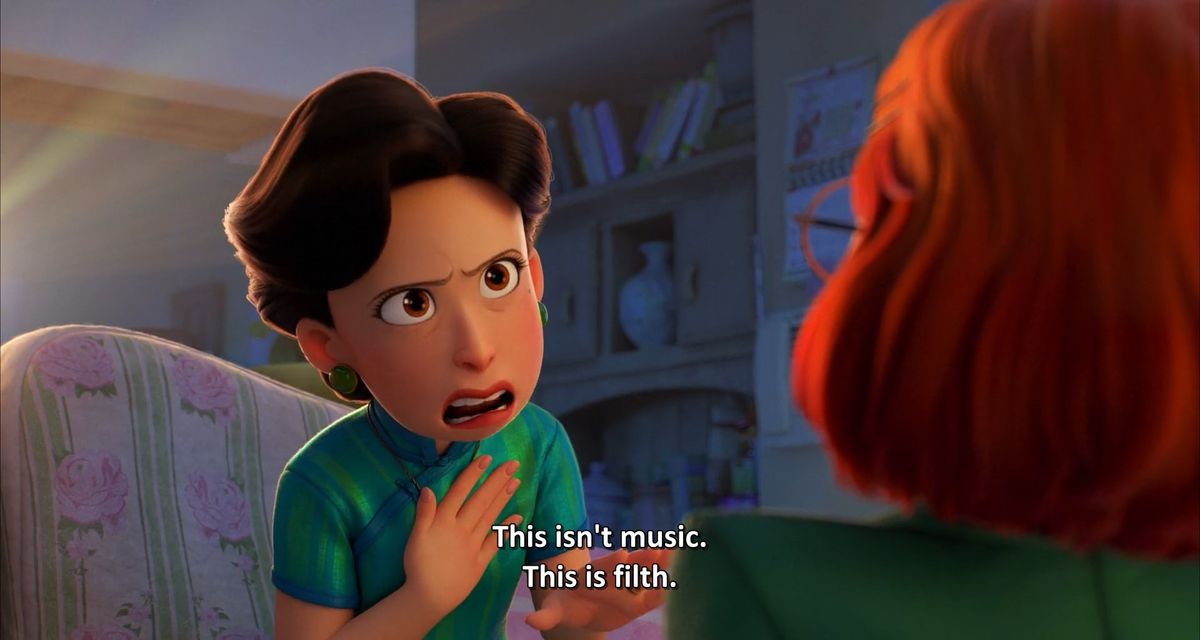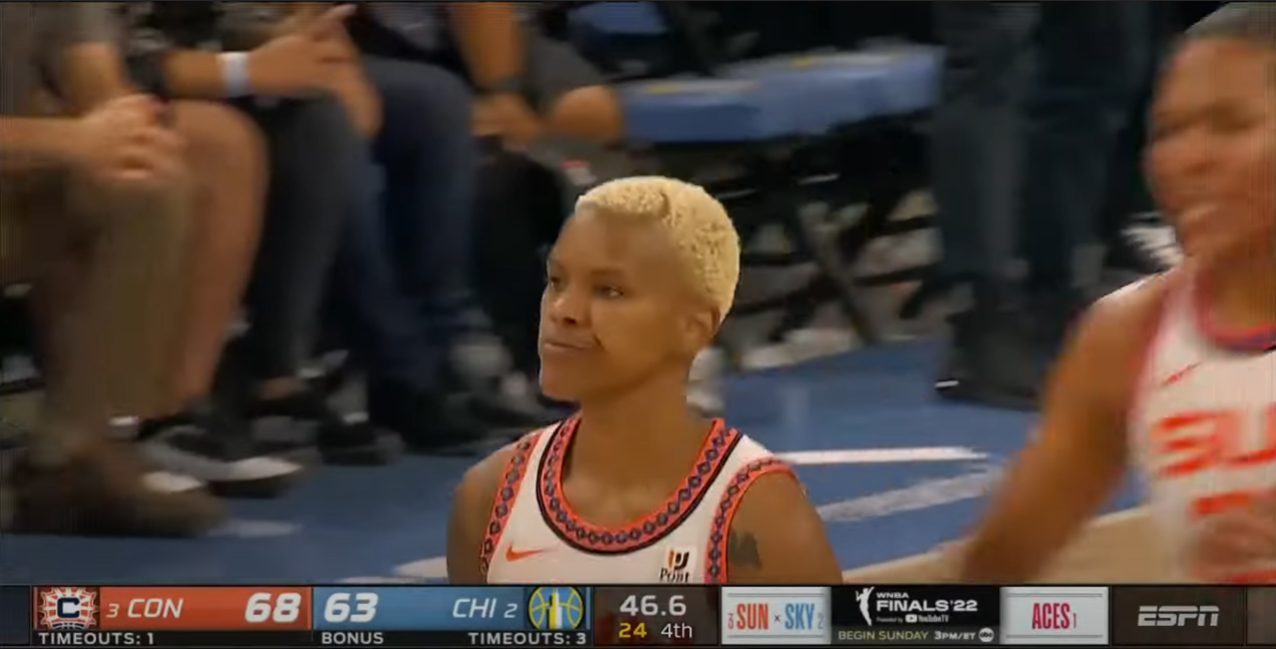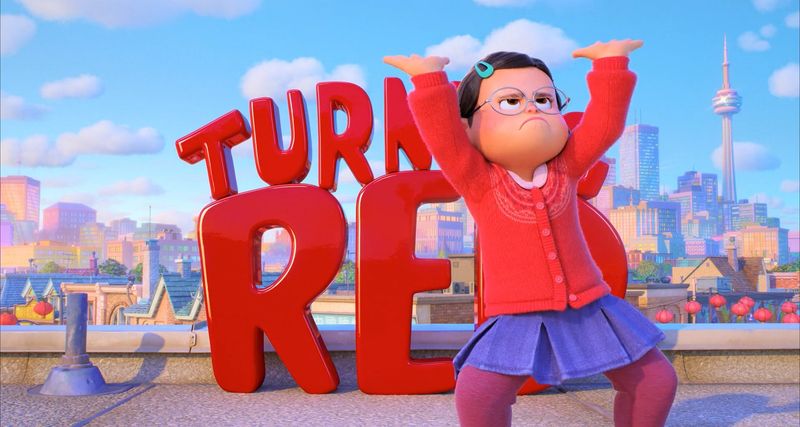
For instance, to take the first dichotomy that I had trouble with, I couldn’t decide whether my subjects were selfish or unselfish. But I was forced by sheer pressure of fact to give up this Aristotelian style of logic. My subjects were very unselfish in one sense and very selfish in another sense. and the two fused together, not like incompatibles, but rather in a sensible, dynamic unity or synthesis very much like what Fromm has described in his classical paper on healthy selfishness. My subjects had put opposites together in such a way as to make me realize that regarding selfishness and unselfishness as contradictory and mutually exclusive is itself characteristic of a lower level of personality development.
Abraham H Maslow on Creativeness in “Toward a Psychology of Being” p 139
This is spot on and I am subjects? Don’t be too hard on yourself, sir. He goes on:
These same people, the strongest egos ever described and the most definitely individual, were also precisely the ones who could be most easily ego-less, self-transcending, and problem-centered.
I’m not going to say that’s me like that but uh, it kind of is? I feel like doing the switch daily, constantly. I just think that it’s healthy and efficient. It’s always about balance.
In trying to figure out why all this was so, it seemed to me that much of it could be traced back to the relative absence of fear in my subjects.
Again, quite spot on.
What I am saying in effect is that the creativity of my subjects seemed to be an epiphenomenon of their greater wholeness and integration, which is what self-acceptance implies.
I like that, Mr. Maslow. It fits my whole life 100%. It’s kind of great and wild to read in one sentence.
The civil war within the average person between the forces of the inner depths and the forces of defense and control seems to have been resolved in my subjects and they are less split. As a consequence, more of themselves is available for use, for enjoyment and for creative purposes. They waste less of their time and energy protecting themselves against themselves.
YESSIR. But as for everything worth it, it is a constant effort.
Oh by the way, there’s no pyramid of needs. It’s all a flat hierarchy. I’ll come back to this.




